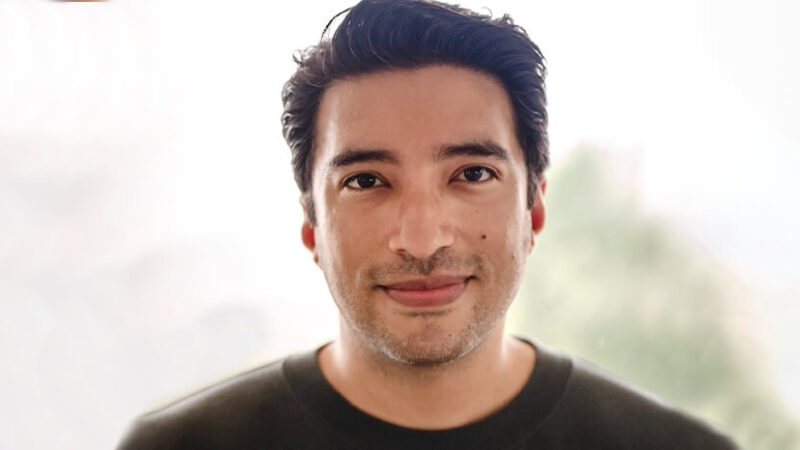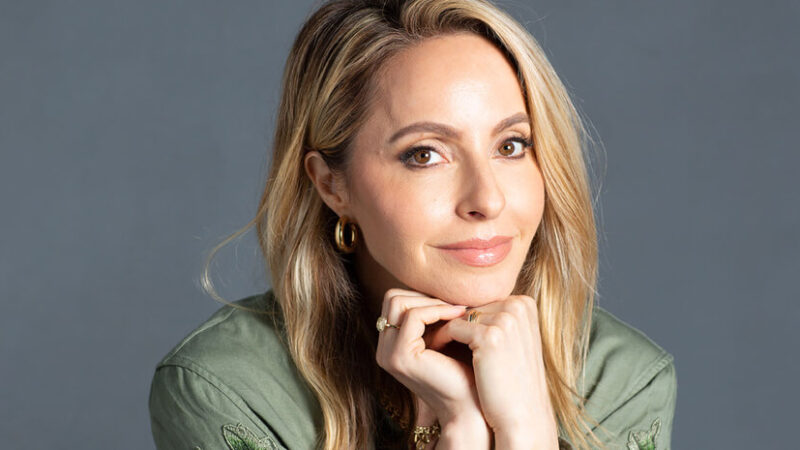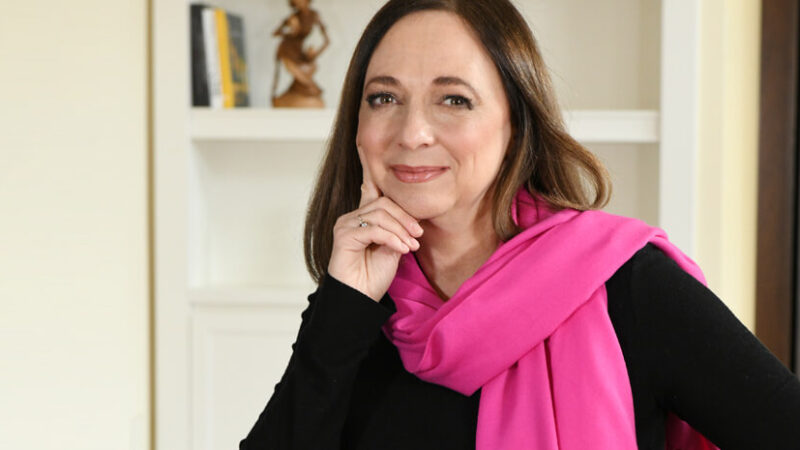-
E117: The Real Work: Letting Go from Within
Michael Singer — October 2, 2025
True spirituality isn’t about mystical experiences or lofty ideals—it’s about honestly facing...
-
Once More: Reflections on Reincarnation and the Gap Between Lives
Tami Simon — September 26, 2025
In this special reflection episode of Insights at the Edge host Tami Simon looks back on her...
-
Honey Tasting Meditation: Build Your Relationship with Sweetness
There is a saying that goes “hurt people hurt people.” I believe this to be true. We have been...
Written by:
Amy Burtaine, Michelle Cassandra Johnson
-
Many Voices, One Journey
The Sounds True Blog
Insights, reflections, and practices from Sounds True teachers, authors, staff, and more. Have a look—to find some inspiration and wisdom for uplifting your day.
Standing Together, and Stepping Up
Written By:
Tami Simon -
The Michael Singer Podcast
Your Highest Intention: Self-Realization
Michael Singer discusses intention—"perhaps the deepest thing we can talk about"—and the path to self-realization.
This Week:
E116: Doing the Best You Can: The Path to Liberation -
Many Voices, One Journey
The Sounds True Blog
Insights, reflections, and practices from Sounds True teachers, authors, staff, and more. Have a look—to find some inspiration and wisdom for uplifting your day.
Take Your Inner Child on Playdates
Written By:
Megan Sherer
600 Podcasts and Counting...
Subscribe to Insights at the Edge to hear all of Tami's interviews (transcripts available, too!), featuring Eckhart Tolle, Caroline Myss, Tara Brach, Jack Kornfield, Adyashanti, and many more.
Most Recent
Yung Pueblo: Becoming Lighter Through a Strong Determi...
If you meditate on the truth of change, your life can start to flow like a river, with opportunities for healing at every bend. This spirit of liberation infuses Yung Pueblo’s newest book, Lighter, in which he shares healing wisdom accumulated over his years of devoted meditation practice. In this podcast, Tami Simon speaks with Diego Perez (who writes as Yung Pueblo) about his inspiring new book and the potential we each have to be part of “the healing generation.”
Listen in to Tami and Diego’s heartening conversation, in which they discuss the shift from focusing on survival to sitting with the truth, having a strong determination to heal, the difference between satisfying cravings and following your intuition, why power makes the ego so dense, how meditation can open up the concept of self, “structural compassion,” and much more.
This episode first aired live and on video on Sounds True One. To watch Insights at the Edge episodes live and on video, and to access additional bonus Q&A, please visit join.soundstrue.com to learn more.
Gabby Bernstein: The Self-Led Journey Through Addictio...
Is it really possible to heal our deepest wounds and live a life without fear and anxiety? According to Gabby Bernstein, the answer is an emphatic yes. In this podcast, Tami Simon speaks with Gabby about what it means to be led by the Self—that mysterious center of our being that can witness everything we experience in life from a compassionate center connected with source energy.
Settle in for an inspiring conversation exploring: why our “clean vulnerability” can be our greatest strength; Internal Family Systems therapy and how it helps us heal from the inside out; activating calmness, connection, curiosity, commitment, and other “C qualities”; invoking our loving and wise inner parent; the four S’s: to be seen, soothed, safe, and secure; the connection between healing our trauma and healing our attachment style; embracing our shameful experiences with compassion; psychosomatic illness and “hiding behind the body”; the power of co-regulation; developing a relationship with your spiritual guidance system and reaching a place of faith in the future; and more.
This episode first aired live and on video on Sounds True One. To watch Insights at the Edge episodes live and on video, and to access additional bonus Q&A, please visit join.soundstrue.com to learn more.
Susan Cain: Bittersweet: The Hidden Riches in Sorrow a...
We all have the power to transform our pain and sorrow into a beautiful offering throughout our lives. This is a deep truth that Susan Cain writes about in her new book, Bittersweet: How Sorrow and Longing Make Us Whole. In this podcast, Tami Simon speaks with the bestselling author and lecturer about a new understanding of high sensitivity and the connection between sorrow and joy.
Give a listen to this heart-opening podcast exploring: How an experience of the bittersweet can lead to profound transcendence; the creative stimulation we can access in the gap between what is and what we wish were; stepping out of the paradigm of winning at all costs; the connection between high sensitivity and an attunement to the bittersweet; our human longing for a more perfect and beautiful world; the link between sorrow and kindness; how confronting our sorrows presents a fork in the road; the archetype of the wounded healer; moving on versus moving forward; healing our inherited traumas; leaning into the question, “What am I longing for?”; and more.
This episode first aired live and on video on Sounds True One. To watch Insights at the Edge episodes live and on video, and to access additional bonus Q&A, please visit join.soundstrue.com to learn more.
Customer Favorites
Clarissa Pinkola Estés: The Dangerous Old Woman, Part...
Tami Simon speaks with Dr. Clarissa Pinkola Estés, an internationally recognized scholar, award-winning poet, diplomat, senior Jungian psychoanalyst, and cantadora. “CPE” as Tami calls Dr. Clarissa Pinkola Estés, or “Dr. E” to others, recorded Women Who Run With the Wolves with Sounds True in 1989, three years before the book ever reached bookstores. Now Dr. E is launching her masterwork over three decades in the making: The Dangerous Old Woman, launching as an online event series at SoundsTrue.com beginning April 6, 2010. In the second of a two-part conversation, CPE discusses The Dangerous Old Woman. (56 minutes)
Katie Horwitch: Reimagining Being Positive and Fearles...
Shifting out of negative self-talk isn’t easy. Sugar-coating, “sending love and light,” faking-it-till-we-make-it, and other forms of false positivity can do more harm than good. In her book, Want Your Self: Shift Your Self-Talk and Unearth the Strength in Who You Were All Along, activist and mindset coach Katie Horwitch brings readers a practical guide for becoming fluent in an inner language for loving who you are while growing into the person you were meant to become.
In this podcast, Tami Simon speaks with Horwitch about her empowering approach to living with greater self-acceptance, integrity, and authenticity, discussing confidence versus vanity; fitting in versus belonging; the risks of positive thinking; getting to the core of the Self; proactive positivity; how shifting self-talk leads to cultural, systemic transformation; focusing on priorities, cultivating trust and other tools to stop negative feedback loops; the practice of using anchor words; the fear versus faith exercise; being your true self “out loud”; integrity as the alignment of your intention and your impact; stepping up to the plate of our life; and more.
How to Have Kids and a Life
Ericka Sóuter has over 20 years of journalism experience and is a nationally recognized voice in parenting news and parenting advice. A frequent contributor on Good Morning America and other national broadcast outlets, she regularly speaks on the issues, trends, and controversies that are most affecting parents and new families today. With Sounds True, Ericka has written a book called How to Have a Kid and a Life: A Survival Guide.
In this episode of Insights at the Edge, Tami Simon speaks with Ericka about what it means to be a parent today. They discuss why more and more parents are opening up about not just the joys but also the challenges of raising children—and how our definition of “good parenting” is changing as a result. Ericka brings realism and humor to this enlightening conversation, helping parents navigate the expectations versus the realities of parenthood as they tend to their own happiness. “Love is innate,” Ericka shares. “Parenting skills are not.”






